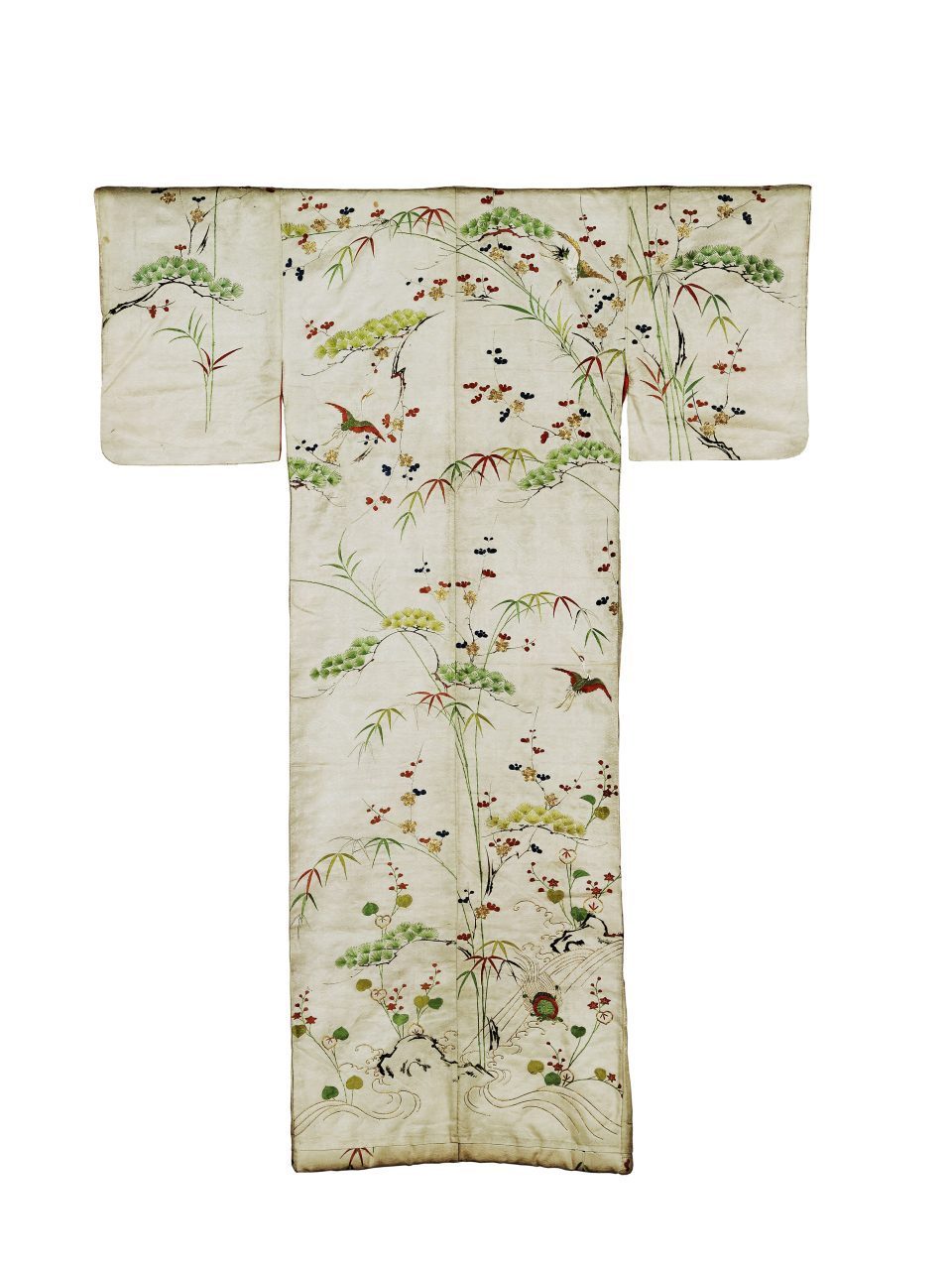One Object, Many Questions
with Yuko Matsuyama, Artist
{{ time.start_TS | TS2dateFormat('MMM') }}
{{ time.start_TS | TS2dateFormat('YYYY') }}
| 10 EUR per person |
| Please book your ticket in advance online or at the box office in the foyer. |
| Duration: 60 min |
| German |
| Accessible for wheelchairs |
| Asia, 3rd floor |
| Part of: One Object, Many Questions |
A body follows the kimono – it is shaped by it. Color, pattern, fabric, the way a kimono (also kosode) is worn changes the body in its movement. It makes the mind more mindful, the steps more limited and the movements more precise.
For more than 250 years during the Edo period, Japan was almost completely closed off from the rest of the world. This maritime closure led to relatively extensive cultural and artistic isolation. Most people in Japan, until the late 19th century, did not know the Western lifestyle nor Western clothing and traditional everyday clothing shaped people’s bodies, thinking and aesthetics.
Artist Yuko Matsuyama works at the junction of sound and movement. She began traditional Japanese dance training with her mother at the age of two and completed her training in theater at Takarazuka Music School in Japan. Over the past three decades she has participated in international productions of musical theater, experimental music, and contemporary dance.
Yuko Matsuyama presents an artistic approach to the Edo period kosode 花菖蒲藤菊模様小袖 and will find movements from the perspective of this artful kosode that will not only allow the audience to have a lively encounter, but also raise questions about museum exhibition practices and their limitations.
